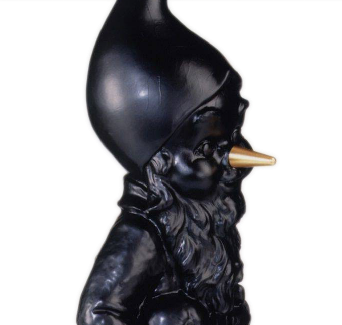Imitations of porcelain

This page is still under construction (wv-kh)
The word 'imitation' describes a forgery, a copy as an identical reproduction of an original, a replica or replica of a unique specimen, a plagiarism as a deceptive imitation of a branded product or a dummy for decorative purposes. In vulgar language it is also called "imitation".
According to ceramic mineralogy, imitation porcelain is neither a member of the genus stoneware nor of the family of porcelain. The technical and scientific term for ceramics is the definition of materials that are shaped from raw materials containing clay minerals or kaolin and fired by heat. We quote the Official Material Testing Office for Glass and Ceramics: "... a large proportion of the material samples submitted to us with misleading designations of "porcelain" are to be regarded as imitation porcelain. The samples usually contain less than 1% mullite. In our investigations we have even found ground window glass with which the quartz portion has been substituted by softer talc...". Put more simply, it can be stated that substitutes such as window glass (talc - silicon oxide, etc.) actually make the shards more translucent, so that the non-expert will be happy to make a reference to high-quality bone china.
The term "imitation porcelain" is always used when the properties, - which in real porcelain are created by combining the melting process of kaolin, feldspar and quartz -, namely
- Water absorption (absorption)
- Transparency (translucency)
can be achieved by adding inferior substitutes (e.g. grated solid glass) without, for example, maintaining the strength of a porcelain body. It is necessary to know the usual reaction chain from the manufacturing process of the porcelain in order to be able to evaluate the isolated result of absorption (without strength) and transparency (without mullite) as an imitation property of porcelain, since the product lacks other good properties that are essential for porcelain.
Customs assistance with the imitation designation
The customs definition of porcelain is not intended to determine the material, but rather to determine import duties based on the cost of the material and its use. Although there are also separate treatises and regulations in customs law, e.g. on the tariff classification of vitreous porcelain, the import duty assessment notice often ends with the words "porcelain". Customs itself knows a TARIC number for the group of imitation porcelain.
The customs classification of an imitation porcelain in tariff group 69 1111 xxx does not entitle the importer to call his imitation porcelain "porcelain" in free circulation in the European Economic Area! A great many people are subject to this misconception. Even important importers and trade marks in Germany and Europe "use" the customs designation "porcelain" for the wrong labelling and declaration of their goods. Whether this is done knowingly or unknowingly remains to be seen. In any case, customs themselves contribute to the marketing of non-porcelain - i.e. imitation porcelain - as porcelain due to the lack of a separate tariff group. For more information, please read the section Commodities/Characteristics/Tariff classification.
